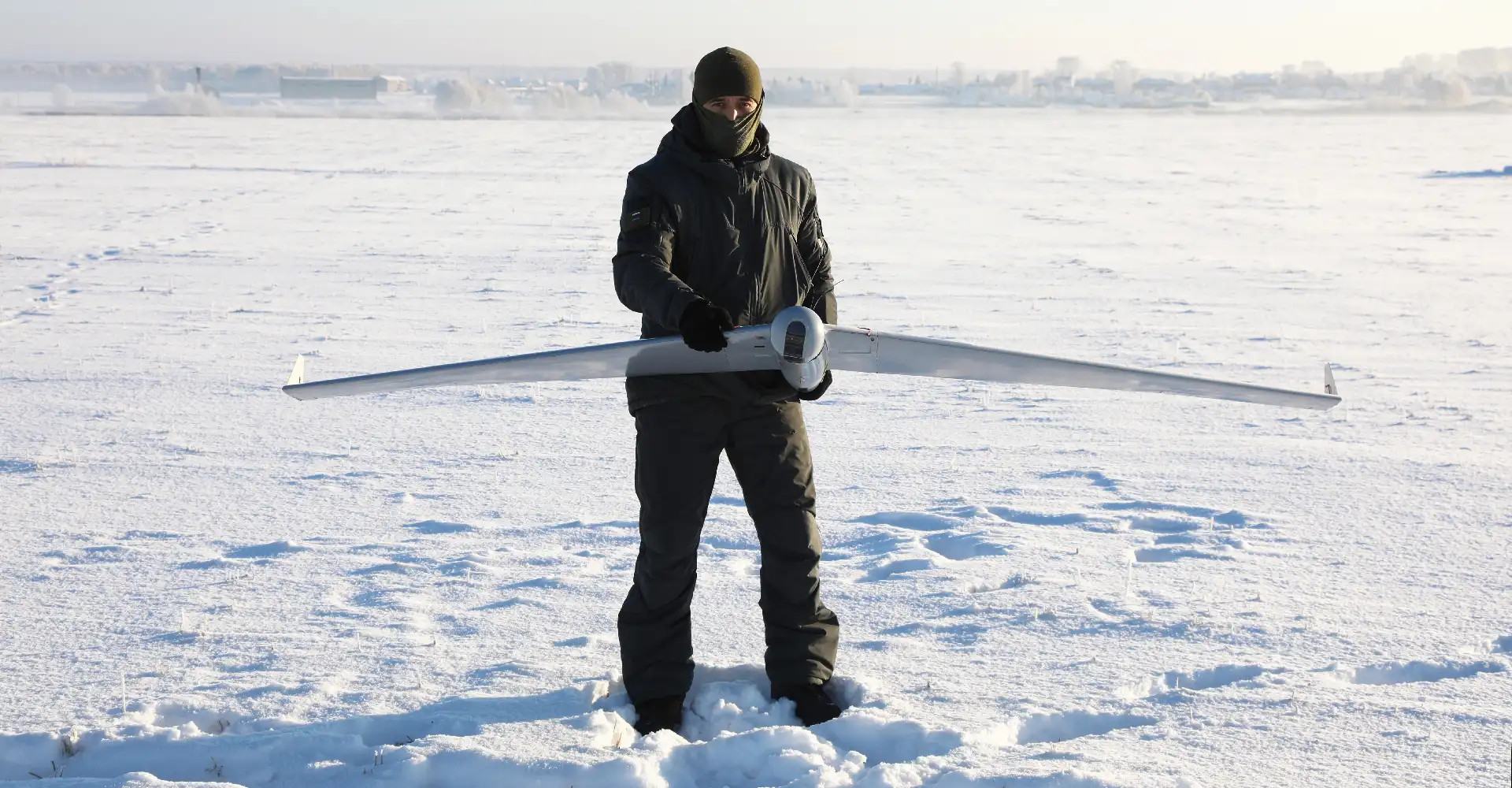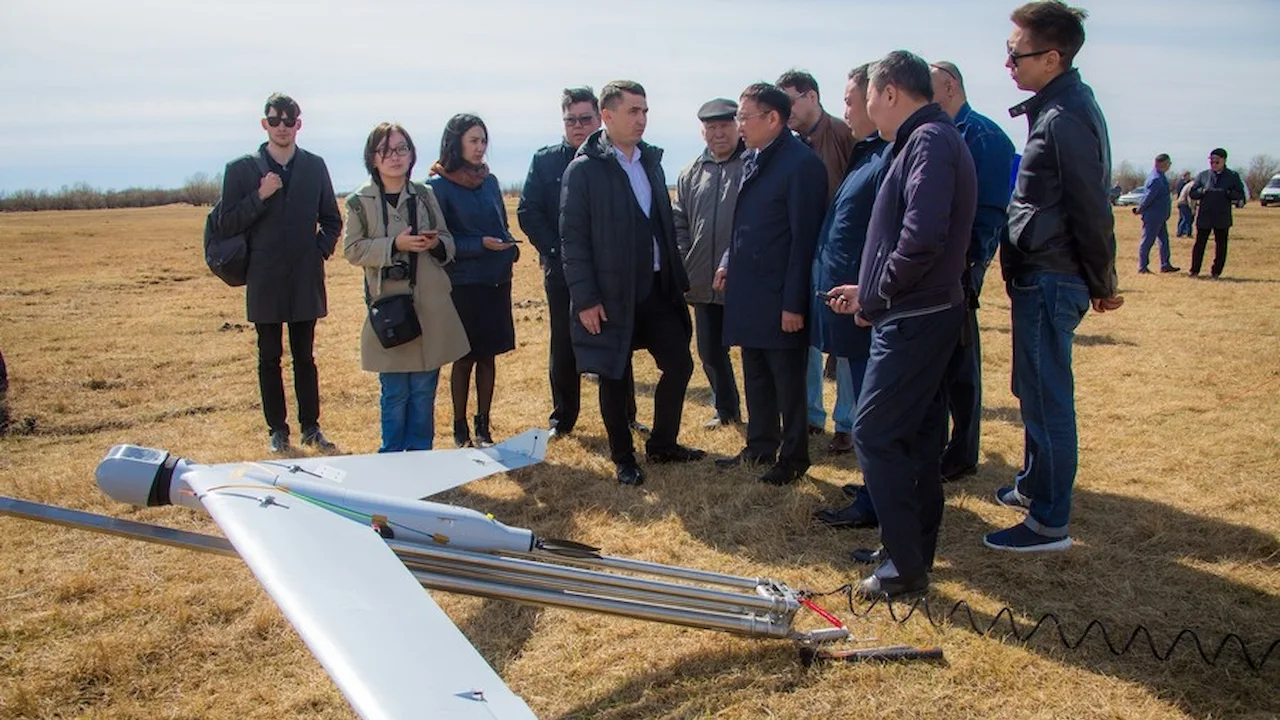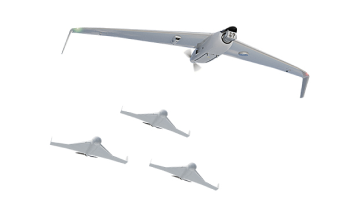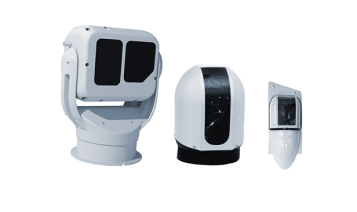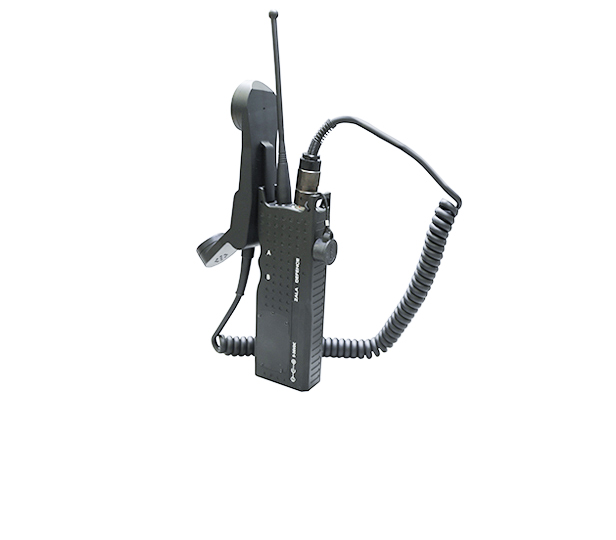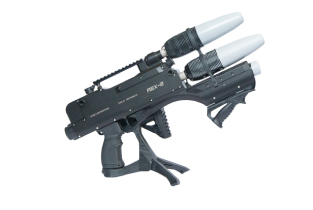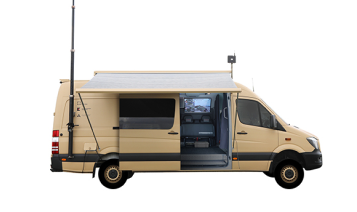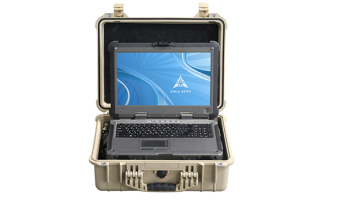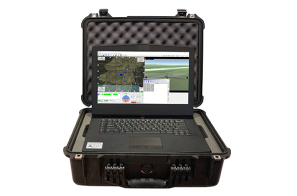ZALA Lancet drone: the spear of the 21st century
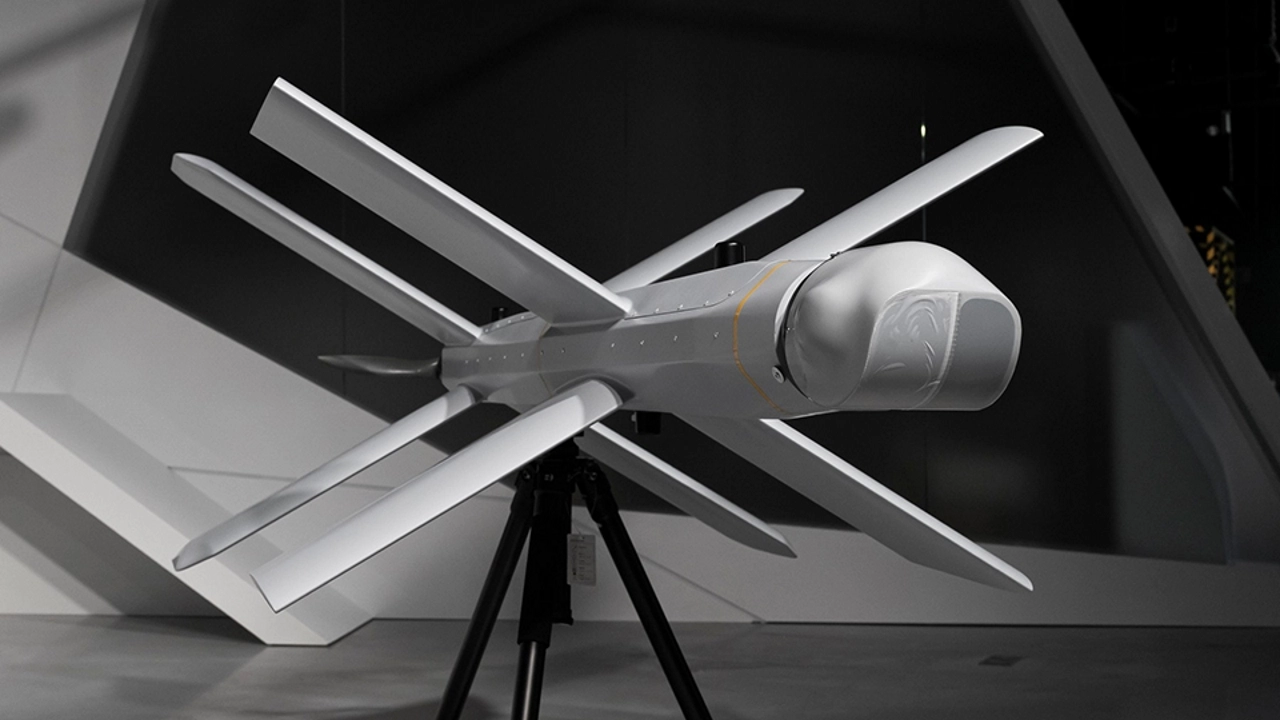
A month ago it became known that the factory tests of the ZALA LANCET strike drone, which is capable of independent reconnaissance and attacking a target, have been completed. The novelty can be attributed to the latest generation of weapons - barrage munitions. About the concept of "smart" precision weapons and its prospects - in our material.
Barrage munition, or kamikaze drone.
In the 2010s, a new type of weapon called a "barrage munition" emerged. This is an unmanned vehicle with an integrated warhead capable of flying over the battlefield for long periods of time, independently detecting a target and, if necessary, destroying it by diving like a guided missile.
The ability of such drones to stay in the air for a long time, waiting for the moment to strike ("barrage" in combat aviation terminology), became the source of the corresponding name - "barrage munitions". The term "hovering munitions" or even simpler - kamikaze drone - is also used.
Today it is one of the most promising and effective types of precision weapons. Developers note the obvious benefits of using barrage munitions. Firstly, it is a significant reduction in the time it takes to hit the target. When such a drone is over the controlled territory, there is no need to wait for the approach of combat aircraft to strike the enemy.
In addition, these effective weapons are difficult to counter with traditional air defences. Small kamikaze drones made of plastic and other non-reflective materials are difficult to detect. Barrage drones remain virtually invisible to enemy radar.
And, of course, the economic component - such a munition costs much less than standard weapons, but is not inferior to them in terms of effectiveness. Indeed, firing a kamikaze drone is much cheaper than firing a high-precision projectile, which requires a self-propelled gun with a crew and gunner.
Barrage munitions are now being developed all over the world. Among the leading countries are the United States and Israel. Russia is also firmly in the lead among manufacturers of such weapons. And in terms of some characteristics, our developments have managed to surpass foreign analogues. For example, Israeli systems, as a rule, are drones of the classic aeroplane design. This solution has a clear disadvantage: the munition manoeuvres well on one axis and is not very mobile on the other. This affects the ability to attack a moving target. The X-shaped aerodynamic scheme characteristic of missiles is devoid of this disadvantage. The latest Russian barrage munition ZALA LANCET, developed by the ZALA AERO company of the Kalashnikov Concern, is built according to this scheme.
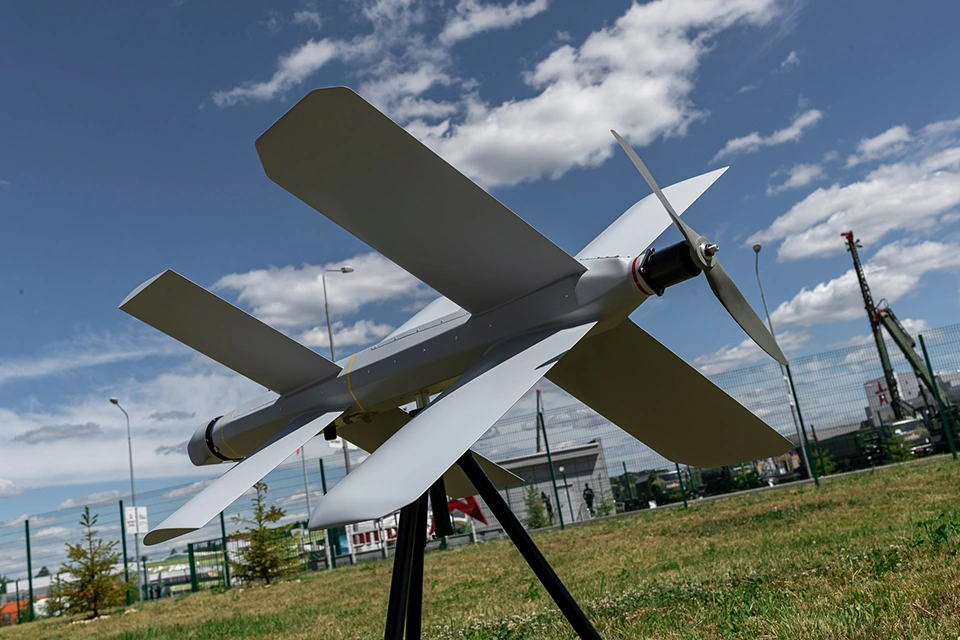
Two X's and green technologies
However, the Lancet is not the first barrage munition developed by ZALA AERO. In February this year at the IDEX exhibition in Abu Dhabi, a high-precision KUB-BLA strike drone system was demonstrated. This drone flies to the target regardless of its stealth and terrain at a speed of more than 100 kilometres per hour.
In June this year, ahead of the Army-2019 forum, ZALA AERO presented a more advanced version of the drone - ZALA LANCET. The novelty is launched from the same catapult as the KUB-BLA, but in everything else, starting with its appearance, it has completely different characteristics.
"ZALA LANCET is built according to the aerodynamic scheme of double X-shaped plumage. By the way, it is the first time in the world that such a scheme has been used on such equipment. "The double X is our absolute know-how. This scheme behaves much better when diving and manoeuvring, and it also reduces the product's dimensions," explains ZALA AERO General Director Alexander Zakharov. The weight, which is only 12kg, has also been reduced. This is also due to the maximum use of plastic and composites in the construction.
ZALA manufactures all modern drones with electric motors. The ZALA Lancet also has an electric motor on board and the familiar green leaf image on its body. However, the use of an electric motor in this case is not only for the environment, but also for discreetness. Electric motors are unrivalled in terms of acoustic invisibility. They are also more reliable, lighter and more compact.
Two versions of the strike drone were presented under the name "LANCET". The LANTSET-1 and LANTSET-3 have the same airframe and are similar in some internal systems. At the same time, they differ in flight duration and mass of the warhead. The Lancet-3 has a flight time of 40 minutes and a payload mass of 3kg.
No satellite navigation, but surgical precision.
The novelty from ZALA AERO was named "Lancet" not only because of its external design, but also because of its high precision. This drone can fly dozens of kilometres and strike with surgical precision. And all this action can be observed online: unlike CUB-BLA, "LANCET" has a television channel of guidance. The drone does not lose video contact with the operator until it comes into contact with the target.
The complex includes not only a strike element, but also a reconnaissance, navigation and communication module. It is capable of determining coordinates from various sources and objects. So the cardinal difference between the ZALA LANCET and the previous generation and many foreign analogues is that it does not need any satellite navigation.
As the developers assure, it is virtually impossible to intercept, destroy or hide from the ZALA LANCET. And thanks to the inbuilt anti-laser defence, even the latest laser weapons against drones are not afraid of the LANTZET.
